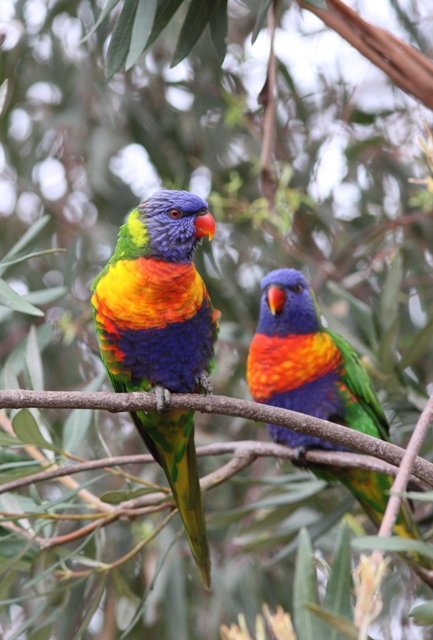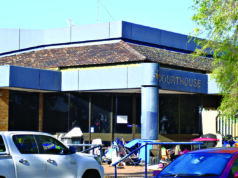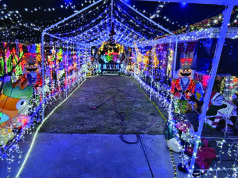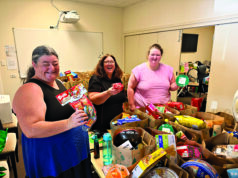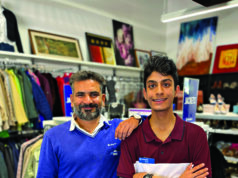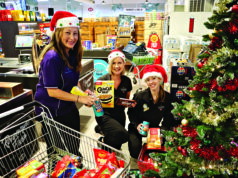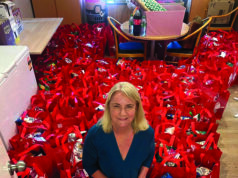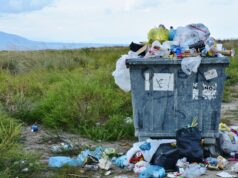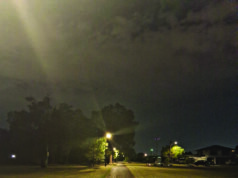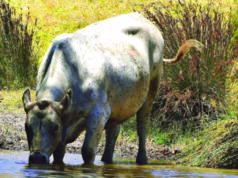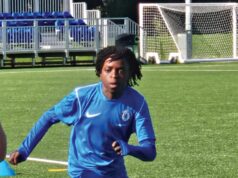One of Australia’s biggest citizen science projects, the Aussie bird count (ABC), is back again from October 20 to 26 with registrations now open.
Conservation charity and event organiser Birdlife Australia said the annual event was an important step towards connection between people, place and purpose.
“It’s not about being a bird expert,” Birdlife national public affairs manager Sean Dooley said.
“It’s about spending time outdoors and learning something new about your local environment.”
Mr Dooley said the Armadale and Serpentine Jarrahdale local government areas (LGA) were fortunate because it had plenty of remnant vegetation and wetlands in some parts which provided support for a good range of species.
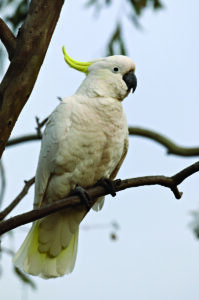
“Looking at last year’s data from the Aussie bird count, there were 85 species seen in the Armadale LGA and 65 seen in Serpentine Jarrahdale,” he said.
“But there were twice as many people doing surveys in Armadale, which might explain that a little bit.
“But I think the reason that Armadale has a greater species total is that it extends out to Forestdale Lake.
“Having that sort of wetland area would add a few more birds, whereas Serpentine Jarrahdale doesn’t have as many good swamps a
nd wetlands.”
WA’s threatened bird population from 1985 to 2021 was seeing a steady decline with a high density in the southern half of the state, according to the 2024 Australian Threatened Species Index (TSX).
TSX data said the decline in WA reflected the nation-wide trend.
Mr Dooley said the main reason for the decline was habitat loss.
“In terms of threatened species, the populations are declining and Western Australia does have a big problem with declining threatened species populations,” Mr Dooley said.
“Unfortunately, we’re still losing so much valuable bird habitat, particularly through the loss of forests and woodlands because of clearing, mainly due to mining certainly in the Perth Hills.

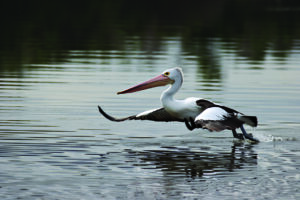
He said non-threatened bird species had its winners and losers.
“But unfortunately, there are far more losers in the face of all this habitat alteration,” Mr Dooley said.
“But there are a few birds that are doing well and they tend to mask the greater number of species that are in trouble.
“Even common birds are starting to drop out of areas they were once traditionally seen.”
Birdlife said more than 57,000 participants submitted about 130,000 checklists and logged more than 4.1 million birds across the country on the ABC app during last year’s count.
Mr Dooley said WA tended to have one of the lowest number of counters but hoped more West Australians would get involved.
“We know that West Australians have a great love for their birds and real pride in the birds that you get nowhere else in the world,” he said.
“Birdlife Australia has incredible support through our volunteers who are members of Birdlife Western Australia.
“They’re one of our most active and effective and passionate branches.”
Birdlife chief executive Kate Millar said birds were indicators of environmental health.
“One in six Australian bird species is now under threat, so taking note of the birds around us has never been more important,” she said.
Registered participants would only need to set aside 20 minutes out of their day to spot, identify and count the birds around them.
To register visit www.ausiebirdcount.org.au or download the free ABC app.


